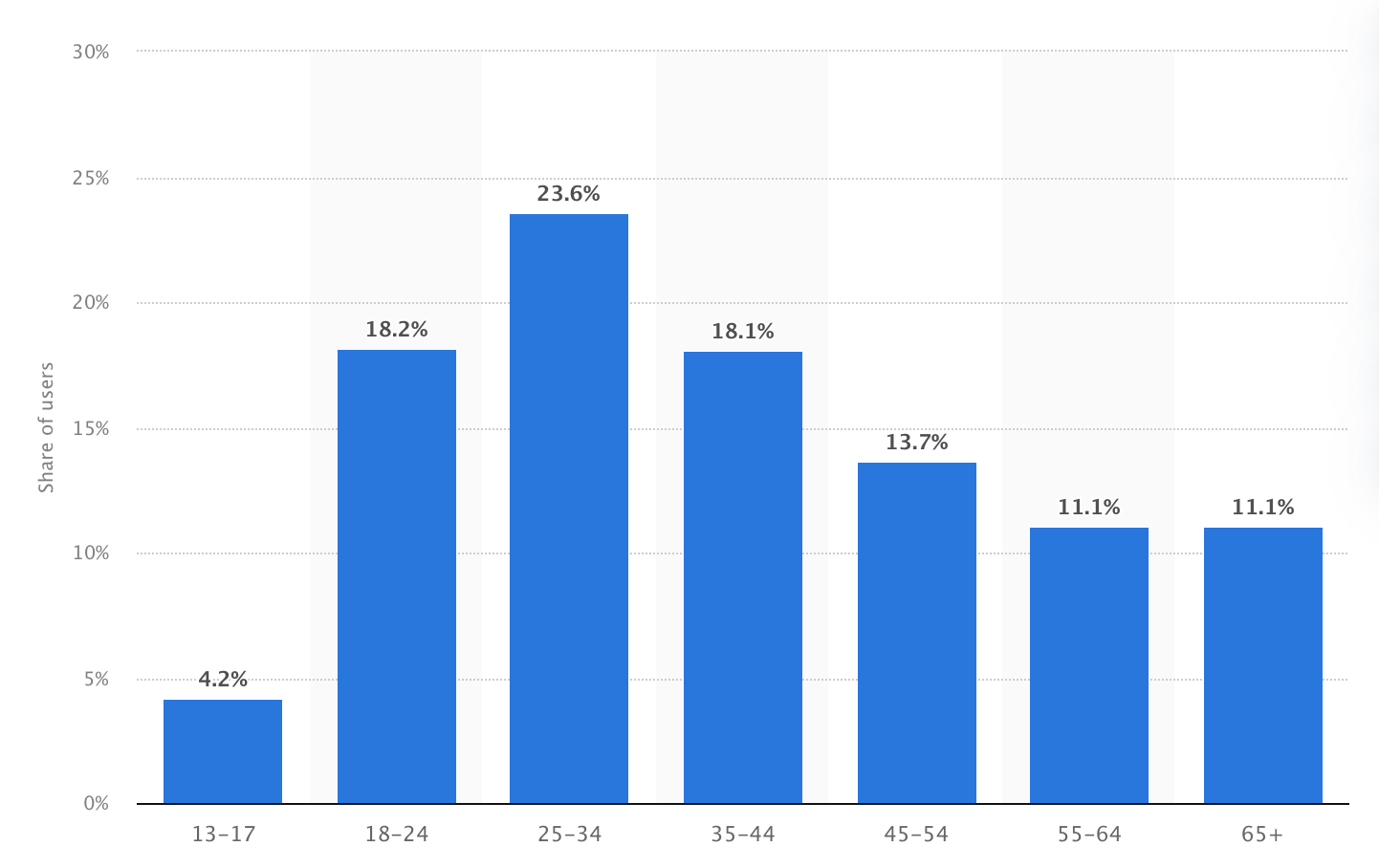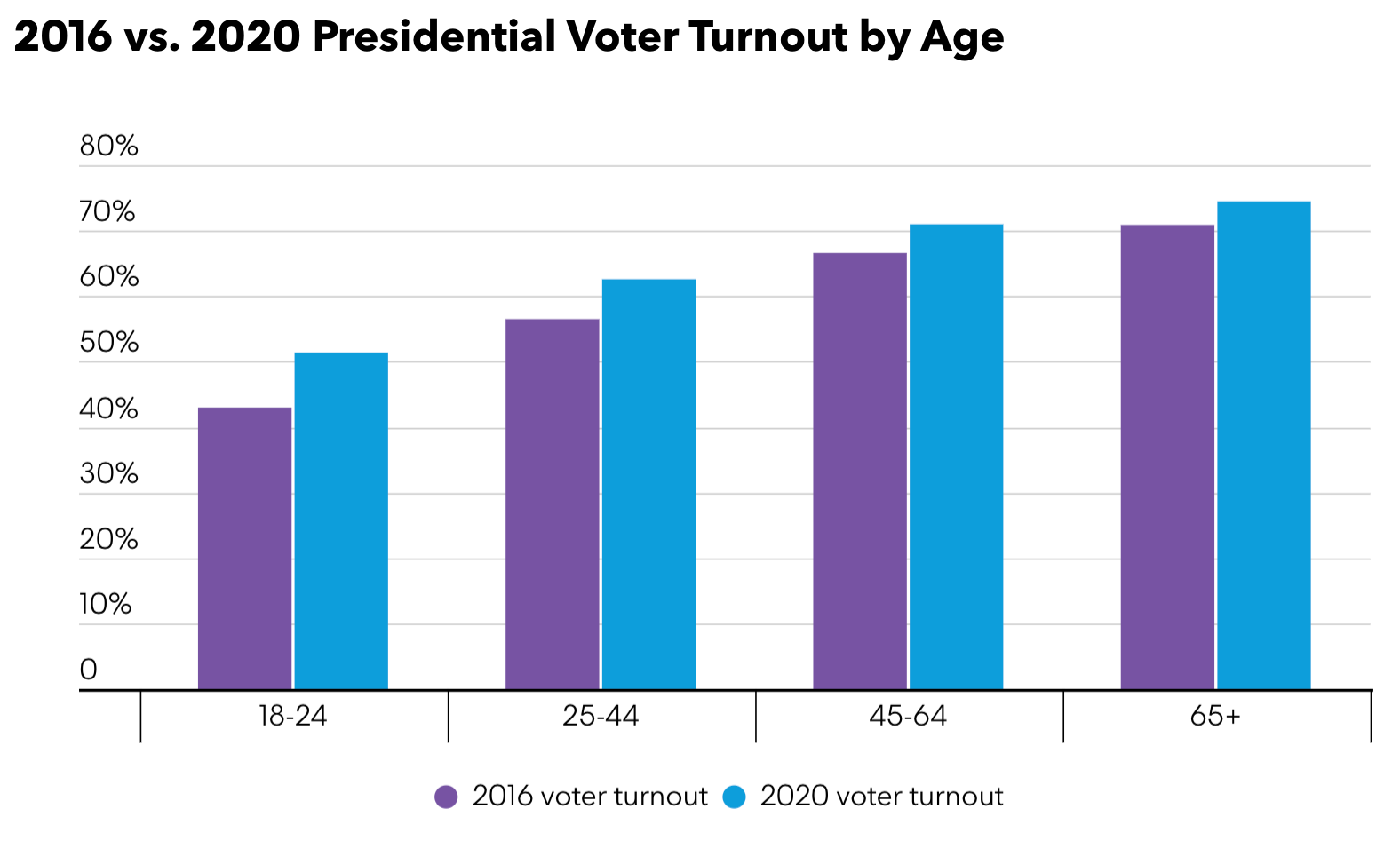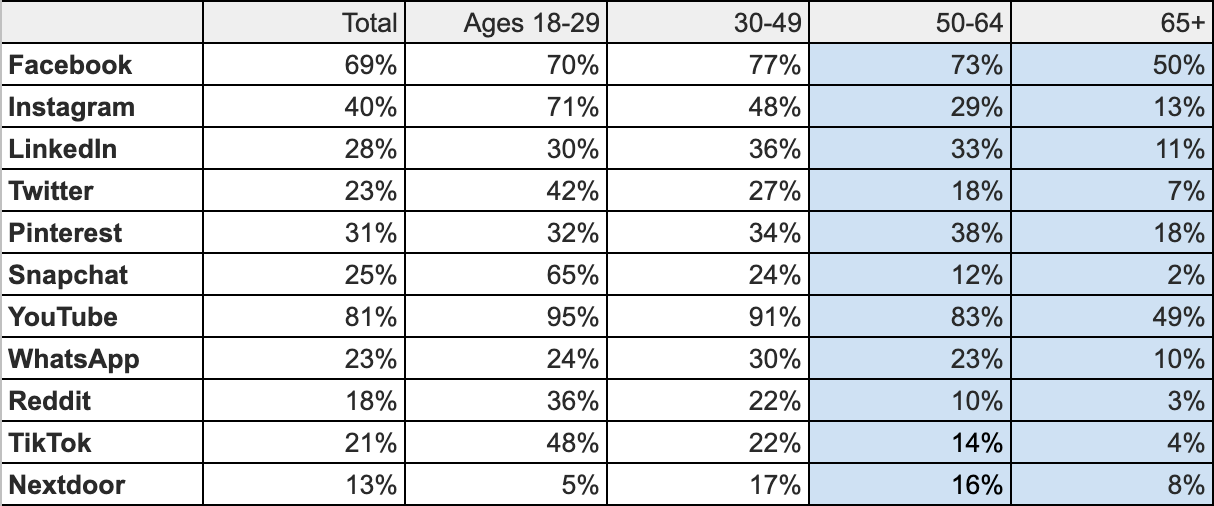Why direct mail is still king in political campaigns

Over the years, across a number of campaigns, and from a number of people, I have heard some variation of the following quote:
"Does it really make sense to spend money on mail? I just throw those in the trash."
And sure, most mail does get thrown in the trash. A lot of it gets thrown away immediately.
But my response would be: Does this person read and remember every Facebook ad they've ever been served? Do they diligently listen to robocalls? Do they pull over and examine every lawn sign? Do they closely watch every commercial that plays on their TV?
The answer is: of course not. They do the equivalent of throwing these ads in the trash. They quickly scroll past ads on their phones. They hang up the moment they realize they're listening to a robocall (if they even pick up to begin with). They drive past signs without noticing them. They go to the bathroom during commercial breaks.
The reality is that the vast majority of mass communication fails to make an impact. There is just too much noise. We are always competing for the eyes and ears of voters, and our competition is the thousands of ads they see in a given day.
So there is no perfect way to spend money. We know that some messages do eventually get through. It's why billions of dollars are spent on advertising per year.
So why do I (and many other consultants) elevate mail above most other types of political communication? It's because it's the only form of mass communication that has the possibility of reaching every single registered voter.
In nearly every jurisdiction, campaigns should have access to the voter file, which contains the name and address of every registered voter in a given district.
That means every dollar spent on mail is guaranteed to reach exactly who you expect it to reach. If you create a universe of "likely voters" – however you choose to define it – each dollar spent is going to a likely voter. And it means if you've designed a piece of mail only to be seen by Republicans, only Republicans will be seeing that piece of mail (presuming your jurisdiction includes party registration in their voter records). If you design a piece of mail to be sent to women over the age of 55 living on the east side of the district, you know for sure you are reaching those people and only those people.
Everyone has a mailbox and receives mail. Not everyone watches TV. Not everyone uses social media. Not everyone listens to the radio. Not everyone has their phone number in the voter file.
Does everyone check their mail every day? No. Are they going to oftentimes throw the political mail away? Sure. But they are going to check their mail at some point, and even before they throw it away they have to look at it (to decide if it's something to be thrown away).
And during that process, maybe they see the candidate's name. Or a dramatic photo catches their attention. And then they get another piece a couple days later, they briefly notice the candidate's name again. And again a couple days later. They've now heard of this candidate three times. After that, they're far more likelier to remember the name when they fill out their ballot.
This is why you want to prioritize funding your mail program. Because you can be confident you have reached essentially every voter you wanted to reach.
You might be wondering how mail compares to other forms of communication.
Let's start with Facebook.
Ever since Barack Obama captured the nomination in 2008, partly due to his innovative use of Facebook, candidates have become enamored with using Facebook for their campaigns.
And of course they should. First of all, it's free to use. And it's obviously helpful in connecting with voters and promoting a message.
But over the years, it's grown harder and harder to build momentum organically. Now, you need to put money into ads, or you are going to be relatively invisible.
A lot of people are on Facebook. But not everyone is on Facebook. And definitely not every voter (nor even close).
Around 70% of US adults say they use Facebook. But let's look a little deeper.
Here is the age distribution of Facebook users, according to Statista:

As you can see, the bulk of Facebook users are under 40 years old.
Meanwhile, here is the breakdown of turnout in the last two Presidential elections, via Bloomberg:

In this chart, voters skew older than 40 years old. This trend gets even more pronounced in non-Presidential elections. Younger people make up a healthy majority of Facebook users, whereas older people disproportionally vote a lot more.
Here is a table that really hits home just how much older voters dominate the electorate (this is from the November 2020 election):

60% of voters were over the age of 45 (again, for a Presidential election. Primaries, midterm elections, and special elections see an even greater drop-off in young voters).
In short, an older person has a significantly higher chance of being a voter than a younger person. That's why it's critical to reach older voters.
So in terms of the percentage of voters who are actually reachable on Facebook, the number is far lower than 70%. I would guess, if you were to use only Facebook for your campaign outreach, you'd probably be able to reach only somewhere in the range of 40-50% of voters. And that's not necessarily a small number! You're just going to be limited relative to mail.
You may be wondering? "What about [social media platform X]"?
Well, most will have the same limitation as Facebook, except even more pronounced.
Take a look at the following charts (from Pew Research) for Facebook, Instagram, LinkedIn, Twitter, Pinterest, Snapchat, YouTube, WhatsApp, Reddit, TikTok, and NextDoor. Look at how much the population uses each one, but more importantly, look below how much those over 50 (aka, voters) use those platforms:

As you can see, when looking at individuals over age 50, the numbers aren't very impressive. YouTube and Facebook put up a bit of a fight, but they still fall well short of the 100% of voters who receive direct mail.
This doesn't mean all these other forms of communication are worthless. Because it's important to have multiple touch-points in a campaign, assuming you have the budget to do so.
That's why most campaigns don't put all their money into direct mail. They'll typically utilize a combination of direct mail, digital media, lawn signs, and other forms of communication.
And that's a smart strategy!
But it's a strategy that should be built upon a base of direct mail. Because you can be confident that you've put out a message that can reach every voter, or at least every voter you've included in your target universe. They might not all diligently read them. They might throw them in the trash. But the candidate's name will still catch their eye most of the time.
It may seem odd to still be utilizing a form of communication that has been used for hundreds of years while we are in 2023. But until the day the U.S. Post Office is disbanded or the rules regarding the availability of voter information are changed, direct mail will almost certainly retain a prominent role in political campaigns.

Member discussion